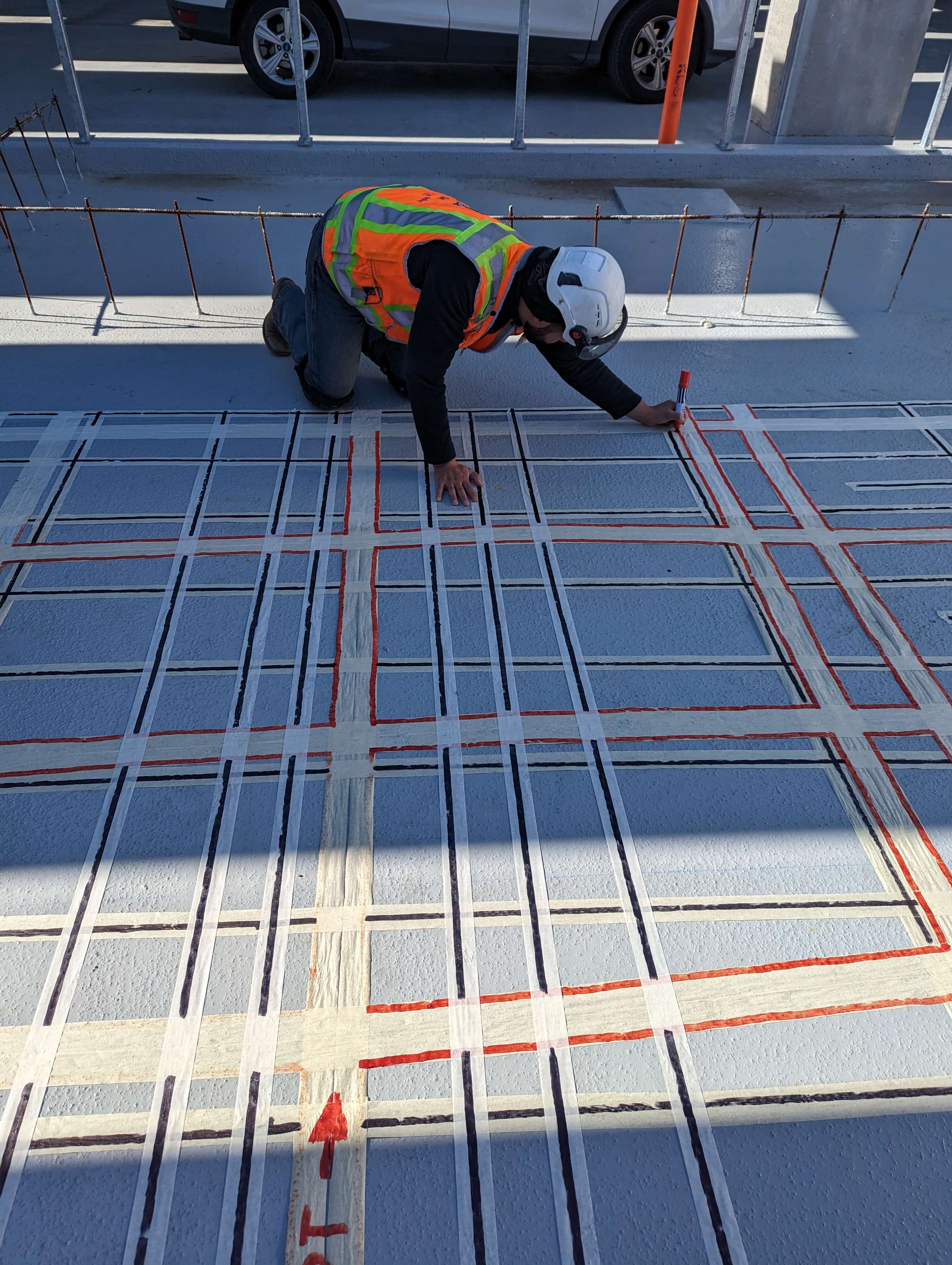Introduce the Transformative Power of Concrete Scanning in Making Best Use Of Performance and Safety
Concrete scanning has actually emerged as an essential tool in the construction industry, supplying unrivaled advantages in improving task effectiveness and making sure safety and security criteria. The transformative power of concrete scanning exists in its capacity to give real-time data and in-depth understandings, reinventing how tasks are prepared and executed.
Relevance of Concrete Scanning
Ensuring the architectural honesty and security of building and construction projects starts with the essential step of performing complete concrete scanning. Concrete scanning is a non-destructive method used to detect and map subsurface components within concrete frameworks.
The importance of concrete scanning can not be overstated, as it plays a crucial duty in preventing accidents, minimizing task hold-ups, and ensuring the long-term resilience of the building. By determining possible risks before the construction phase starts, builders can implement appropriate security measures and make notified decisions concerning the style and execution of the task. Furthermore, concrete scanning helps in maximizing job timelines and budget by preventing unexpected expenses and delays that may develop as a result of unforeseen blockages within the concrete. Ultimately, purchasing detailed concrete scanning is a proactive technique that improves both efficiency and safety and security in construction jobs.
Exactly How Concrete Scanning Works
Concrete scanning runs as a crucial device in building projects by using sophisticated technologies to detect and map subsurface elements without triggering architectural damages. Ground Permeating Radar (GPR) and Electromagnetic Induction (EMI) are two primary approaches utilized in concrete scanning. GPR jobs by producing high-frequency radar pulses right into the surface, which recuperate when they come across subsurface items or voids. The time considered the signal to return indicates the deepness and location of the items. EMI, on the various other hand, utilizes electro-magnetic fields to recognize variances in material make-ups, such as identifying rebar or avenues within concrete frameworks.
Throughout the scanning process, the data gathered is assessed in real-time, permitting prompt identification of potential risks or challenges beneath the surface area. This details help in decision-making, ensuring that construction tasks continue securely and successfully. In addition, 3D imaging software can be used to produce in-depth maps of the subsurface components, additionally enhancing job planning and execution. By employing these sophisticated modern technologies, concrete scanning considerably decreases the risk of costly problems and injuries on construction websites.
Advantages of Concrete Scanning
One of the primary benefits of concrete scanning is the capability to spot and situate embedded objects such as rebar, post-tension cable televisions, and channels properly. Concrete scanning helps in planning and developing much more efficiently, as it supplies specific info regarding the place and deepness of structural components.

Study: Concrete Scanning Success

In one more instance, a construction business used 3D concrete scanning to examine the problem of maturing concrete frameworks in a historical structure. The thorough scans provided valuable insights into the extent of degeneration and assisted focus on maintenance efforts successfully. By proactively attending to locations of worry recognized via scanning, you could try this out the company had the ability to expand the life-span of the framework and ensure occupant safety.
These case studies emphasize the transformative power of concrete scanning in improving performance, accuracy, and safety and security in building projects.
Carrying Out Concrete Scanning in Projects
Carrying out advanced scanning technologies throughout building jobs has become significantly crucial for boosting precision and security. By integrating concrete scanning right into job planning and implementation, building teams can recognize prospective hazards, such as rebar or post-tension wires, concealed within concrete structures. This aggressive method minimizes the danger of accidents, hold-ups, and costly rework, inevitably causing more effective job timelines and spending plans.
To apply concrete scanning properly, job supervisors must collaborate carefully with seasoned scanning professionals to establish the most ideal scanning techniques for the certain task requirements. Involving scanning experts from the onset of a project makes it possible for the team to develop comprehensive scanning plans that attend to vital areas of problem and guarantee comprehensive information collection.
In addition, incorporating concrete scanning right into regular task operations can streamline decision-making processes, as real-time scan click to find out more information gives immediate insights into the condition of concrete frameworks - Concrete Scanning. This data-driven method assists in educated analytic and makes it possible for groups to make adjustments promptly, fostering a culture of effectiveness and safety and security throughout the task lifecycle

Final Thought
To conclude, concrete scanning plays an essential duty in improving performance and security in construction tasks. By utilizing innovative technology to map and find out underlying frameworks within concrete, this process assists to stop expensive mistakes, make certain structural honesty, and reduce threats on site. With the ability to reveal covert components and provide precise information, concrete scanning confirms to be a useful device for optimizing job end results and optimizing total success.
Concrete scanning is a non-destructive technique made use of to discover and map subsurface components within concrete structures. Additionally, concrete scanning helps in maximizing project timelines and budget by preventing unforeseen costs and delays that may emerge due to unpredicted blockages within the concrete. One notable instance research entails a large renovation project where concrete scanning played an important duty in making certain job success.In one more situation, a building business used 3D concrete scanning to examine the problem of maturing concrete frameworks in a historical structure. By incorporating concrete scanning into project preparation and implementation, construction teams can recognize possible threats, such as rebar or post-tension cable televisions, concealed within concrete frameworks.